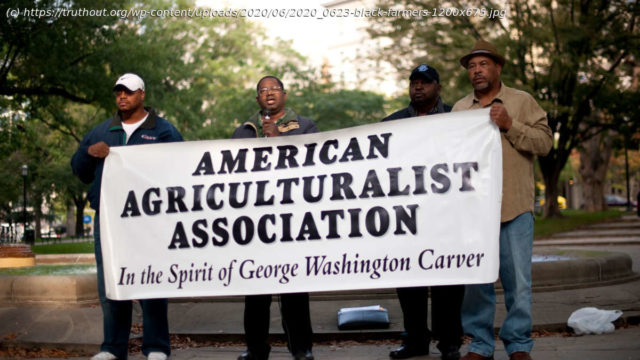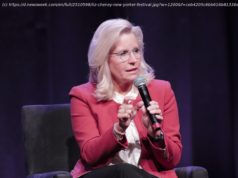We have an opportunity right now to turn this painful conversation around policing into one about life and growth.
For years, I lived two blocks from Cup Foods — the corner store that George Floyd was killed in front of by Minneapolis police on May 25.
That store is like many of the others in this country where working-class, Black and Brown folks get a fair amount of their food. Walk into these stores, and you will also find overpriced daily necessities, such as shampoo and deodorant, as well as an ample supply of junk food. To Cup Foods’s credit, they do stock fresh fruits and vegetables. Still, the supply that they can offer is far from that of a standard grocery store, with a selection of health foods and organic produce.
My point is not to criticize Cup Foods. Instead, as we have the much-needed discussion concerning how to rethink this country’s policing system, we also need to include in that conversation ways to address the racial inequities that are built into our food system.
Bridging the two is quite possible — current debates that are happening in city councils around this country about defunding the police ought to include how funds can be diverted from law enforcement, to creating and supporting a new generation of farmers of color.
Now, when city officials discuss defunding the police, they point to moving money from law enforcement into a variety of programs that deal with treating substance abuse, mental health, domestic violence and homelessness.
Additionally, how about dedicated resources to buying land, ensuring access to water, and getting folks a start in agriculture with seeds and other farming necessities?
Minneapolis shares with many other cities the fact that in certain areas, working-class people, especially people of color, lack access to nutritious food. Minneapolis’s Cup Foods was at the heart of one of those areas — sometimes referred to as food deserts — until a grocery cooperative opened a few blocks away. Even then, it took pressure from community activists to make sure that store would ensure affordable, healthy food to people of color who live in the area, as well as offering living-wage jobs.
According to the U. S. Department of Agriculture (USDA), a food desert is a relatively permanent subdivision of a county that contains between 1,000 and 8,000 people, with a poverty rate of 20 percent or greater, and with at least 500 persons and/or 33 percent of the population living more than 1 mile from a supermarket or large grocery store.






